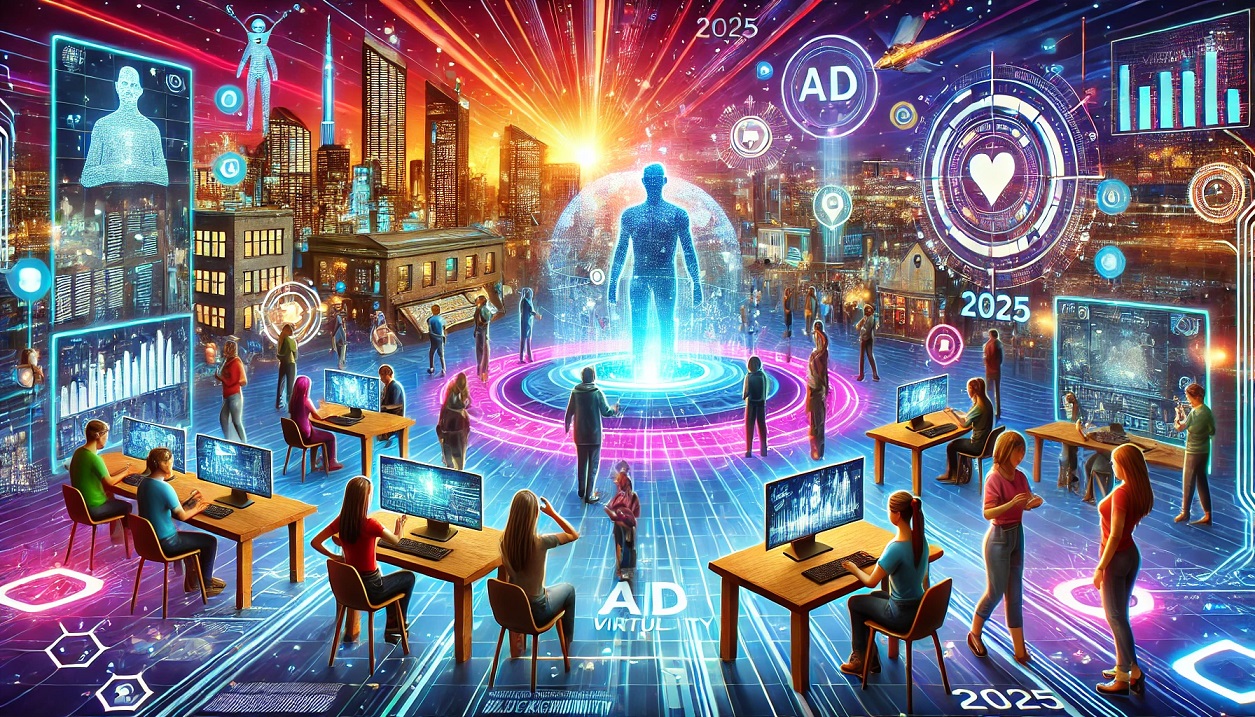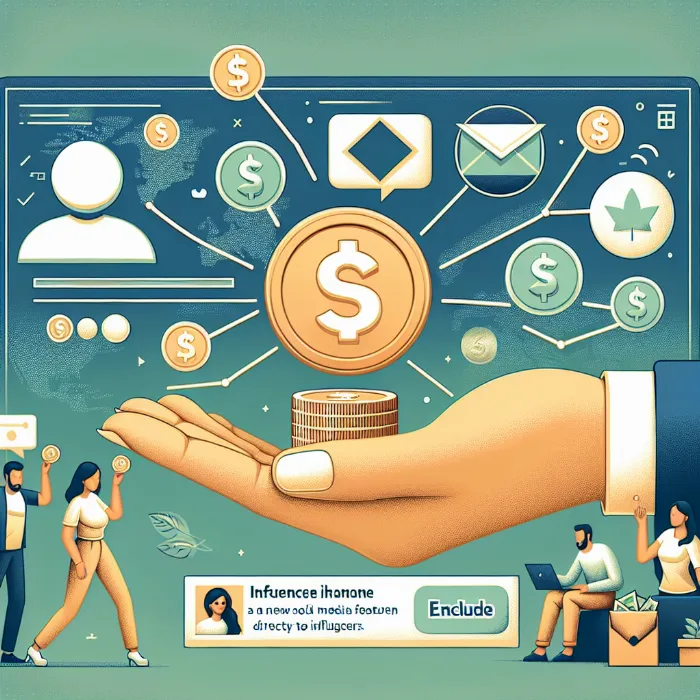The Organisation for Economic Co-operation and Development (OECD) has revised its global growth projections downward, citing escalating trade tensions and persistent inflation as key factors influencing the economic outlook.
The global economy is facing headwinds as the Organisation for Economic Co-operation and Development (OECD) adjusts its growth forecasts downward. The revision reflects the impact of escalating trade tensions, particularly stemming from U.S. tariff policies, and ongoing concerns about persistent inflation. These developments have significant implications for both advanced and emerging economies, influencing monetary policies, investment decisions, and overall economic stability.
Key Highlights of the OECD Report
📉 Global Growth Projections
- Revised Figures: The OECD now anticipates global growth to decelerate from 3.2% in 2024 to 3.1% in 2025, and further to 3% in 2026.
- ft.com
- Underlying Causes: The downward revision is attributed to escalating trade tensions, particularly the tariffs imposed by the United States, and persistent inflationary pressures affecting consumer and business confidence.
Benefits:
- Encourages policymakers to address structural issues hindering growth.
- Prompts businesses to adopt more resilient strategies in uncertain economic climates.
Drawbacks:
- Potential for reduced investment due to heightened uncertainty.
- Increased unemployment rates if businesses scale back operations.
Example: Emerging markets may experience capital outflows as investors seek safer assets, leading to currency depreciation and higher inflation in those economies.
🇺🇸 U.S. Economic Outlook
- GDP Growth: The OECD projects U.S. GDP growth to slow from 2.8% in 2024 to 2.2% in 2025, and further to 1.6% in 2026.
- ft.com
- Contributing Factors: The slowdown is linked to the impact of tariffs, which have disrupted supply chains, increased production costs, and led to retaliatory measures from trading partners.
Benefits:
- May lead to a re-evaluation of trade policies to mitigate negative impacts.
- Could encourage domestic industries to innovate and reduce reliance on imports.
Drawbacks:
- Consumers may face higher prices due to increased costs of imported goods.
- Exporters could suffer from reduced access to international markets.
Example: U.S. manufacturers relying on imported components may experience increased production costs, leading to higher prices for consumers or reduced profit margins.
💹 Inflation and Monetary Policy
- Persistent Inflation: The report highlights concerns over sustained inflation, which could erode purchasing power and savings.
- Monetary Response: To combat inflation, central banks, including the Federal Reserve, may maintain higher interest rates for an extended period, potentially until mid-2026.
- ft.com
Benefits:
- Higher interest rates can help control inflation by reducing excessive spending.
- Encourages savings due to better returns on deposits.
Drawbacks:
- Increased borrowing costs for consumers and businesses.
- Potential slowdown in investment and economic growth.
Example: Homebuyers may face higher mortgage rates, making housing less affordable and dampening the real estate market.
Global Implications
🌐 International Trade Dynamics
- Trade Barriers: The rise in tariffs and trade barriers can lead to a fragmentation of global trade, affecting efficiency and growth.
- Supply Chain Disruptions: Companies may need to restructure supply chains, leading to short-term inefficiencies and increased costs.
Benefits:
- Could promote local production and reduce dependency on foreign suppliers.
- May lead to diversification of trade partners and markets.
Drawbacks:
- Loss of comparative advantage, leading to higher prices for consumers.
- Strained diplomatic relations between trading nations.
Example: The technology sector may face shortages of critical components, delaying product launches and innovation.
📊 Investment and Financial Markets
- Market Volatility: Uncertainty over trade policies and economic growth can lead to increased volatility in financial markets.
- Capital Flows: Investors may seek safer assets, leading to capital outflows from emerging markets and increased demand for stable currencies like the US dollar.
Benefits:
- Opportunities for investors to capitalize on market fluctuations.
- Encourages diversification of investment portfolios.
Drawbacks:
- Reduced access to capital for businesses in affected regions.
- Potential for currency devaluations and increased inflation in emerging economies.
Example: Stock markets may experience sharp swings, affecting retirement funds and individual investments.
Policy Recommendations and Future Outlook
📢 Policy Adjustments to Stabilize Growth
- Trade Policy Revisions:
- Governments must work towards reducing trade tensions by renegotiating tariffs and improving diplomatic relations.
- A focus on fair trade agreements can help mitigate supply chain disruptions and maintain stable global commerce.
- Inflation Control Strategies:
- Central banks should adopt a balanced approach to interest rates, ensuring inflation control without stifling economic growth.
- Governments can introduce fiscal stimulus packages to boost consumer spending in struggling sectors.
- Encouraging Industrial Innovation:
- Businesses should invest in automation and AI-driven efficiencies to maintain productivity despite economic downturns.
- Governments can offer tax incentives for R&D and digital transformation to foster innovation-led growth.
🌎 What This Means for Businesses and Consumers
🏢 Impact on Businesses
✅ Opportunities:
- Expansion into new international markets as trade policies shift.
- Increased government support for industrial modernization and digitization.
❌ Challenges:
- Higher operational costs due to tariff-induced supply chain disruptions.
- Uncertain economic conditions leading to cautious corporate investments.
Example: Tech firms relying on semiconductor imports may face higher production costs, pushing them to localize manufacturing.
🛍️ Impact on Consumers
✅ Benefits:
- Potential growth in job opportunities as industries adapt and localize production.
- Increased government focus on price stability and inflation control.
❌ Drawbacks:
- Higher costs for imported goods, particularly in electronics, fuel, and groceries.
- Rising mortgage rates, making homeownership less affordable.
Example: The auto industry may see higher vehicle prices due to increased tariffs on raw materials like steel and aluminum.
📢 Latest News Update on Global Business Trends
📌 \EU & US Discuss Tariff Reductions to Ease Trade Tensions\
March 16, 2025 – Brussels
- The European Union and the United States are engaged in high-level discussions to reduce trade barriers and restore supply chain efficiency.
- The talks focus on lowering tariffs on technology, automotive, and pharmaceutical industries.
📌 \China Expands Belt and Road Initiative to Strengthen Global Trade\
March 16, 2025 – Beijing
- China has announced new trade agreements with emerging economies under its Belt and Road Initiative (BRI).
- The expansion aims to reduce reliance on Western markets and create new investment opportunities.
📌 \US Fed Signals Cautious Approach to Interest Rate Adjustments\
March 16, 2025 – Washington D.C.
- The Federal Reserve has hinted at a potential pause in interest rate hikes to balance inflation control and economic growth.
- Financial analysts predict a cautious approach through mid-2025.
Final Thoughts: Navigating an Uncertain Future
🌟 The business landscape of 2025 presents a complex mix of challenges and opportunities. Companies, investors, and consumers must stay informed, adapt quickly, and leverage strategic insights to thrive in an evolving global economy.
📢 As trade policies shift, inflation fluctuates, and industries embrace new technologies, businesses must prioritize resilience, innovation, and sustainability to secure long-term success.
💡 The key takeaway? Adaptability is the foundation of future economic stability.








Comments 0